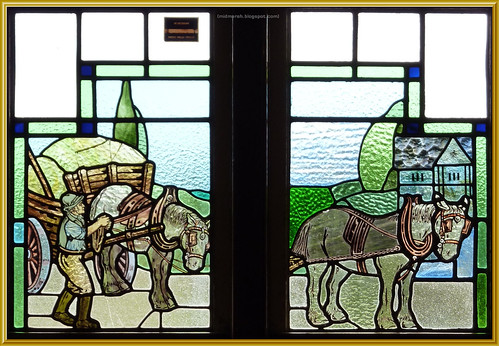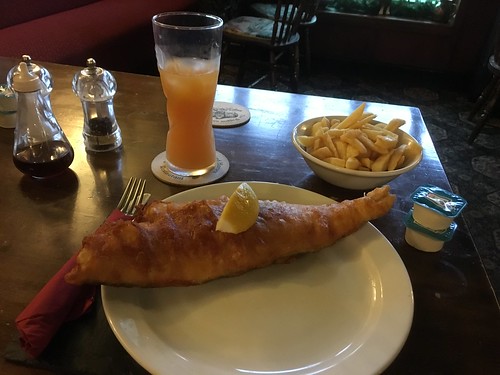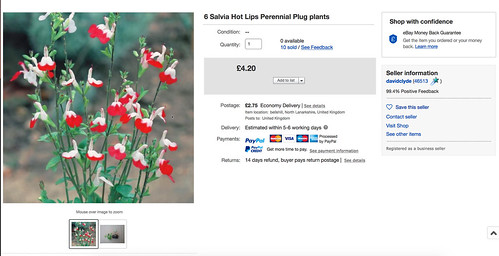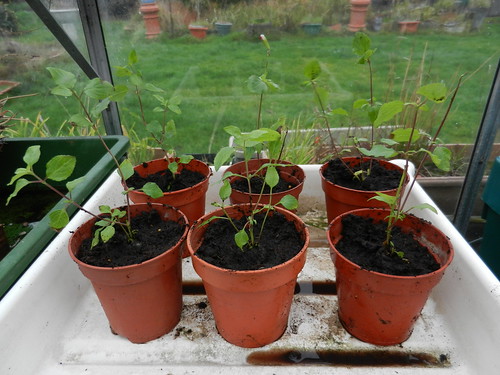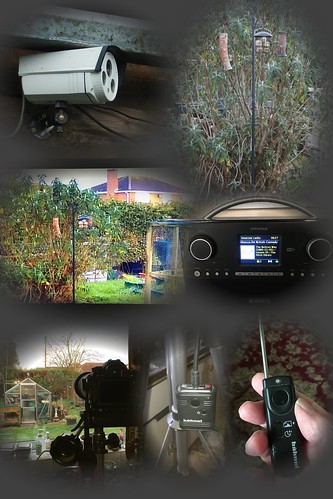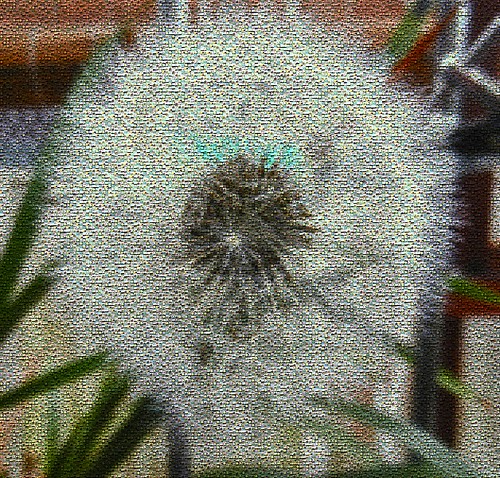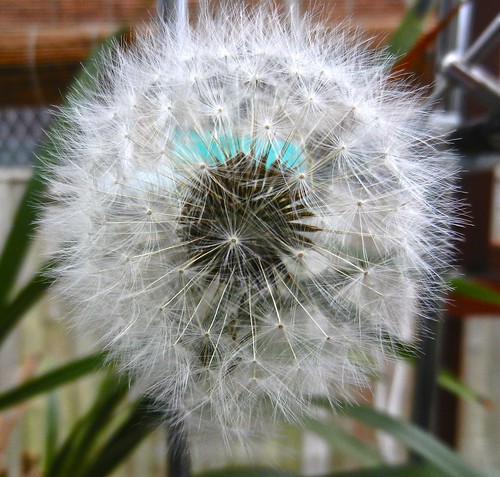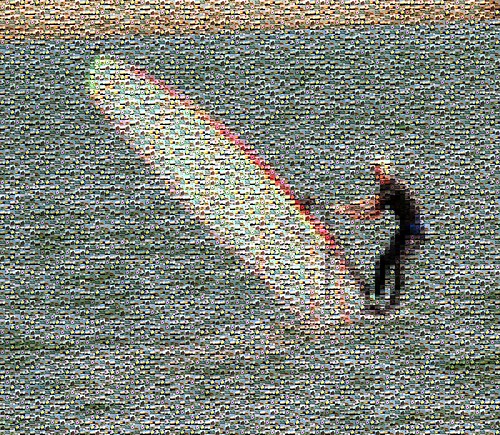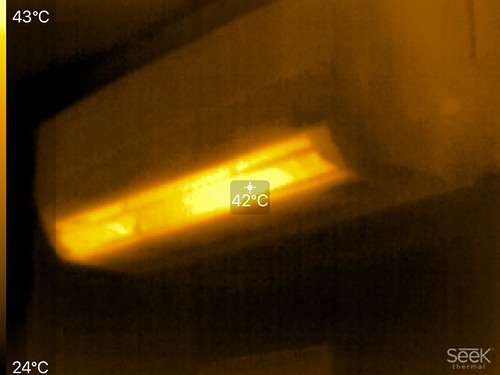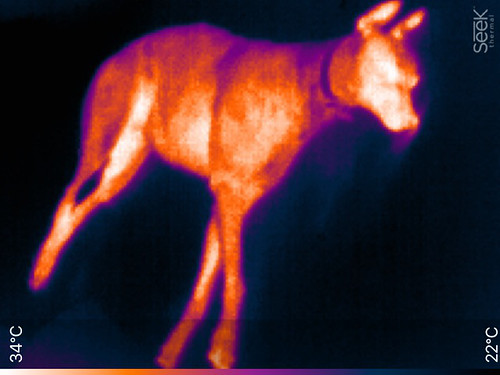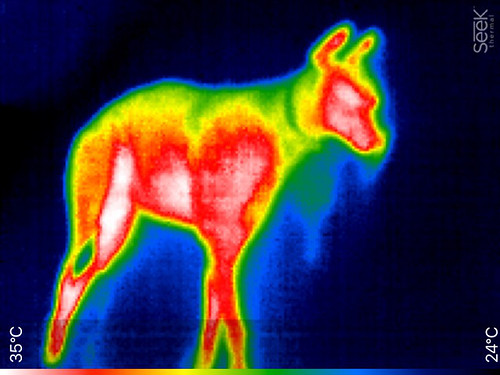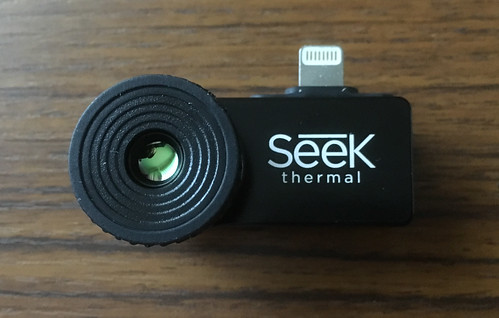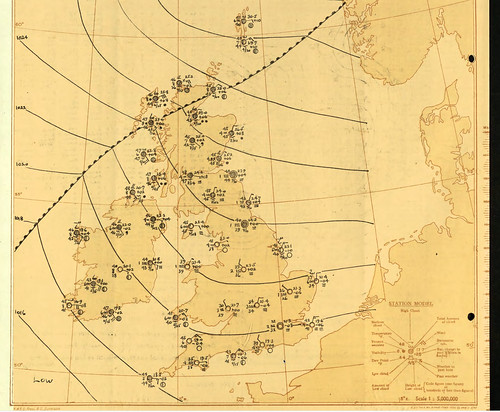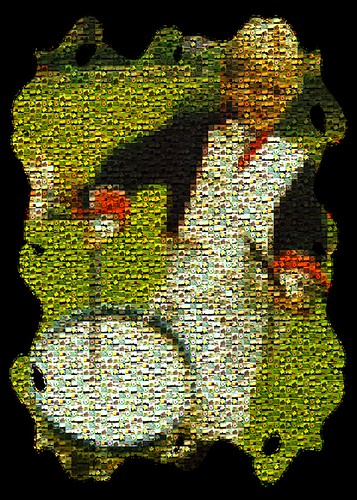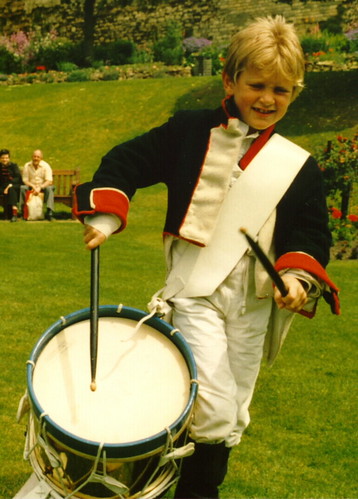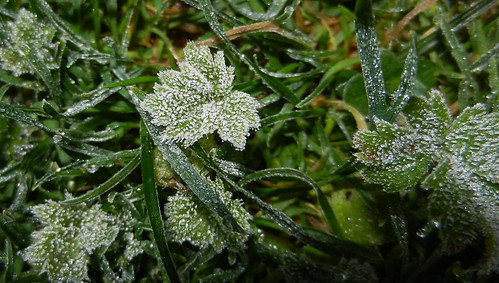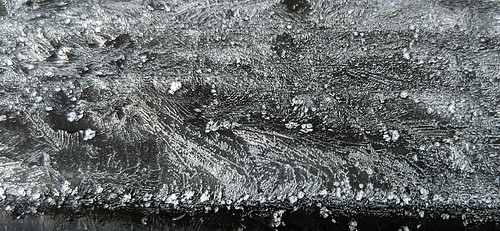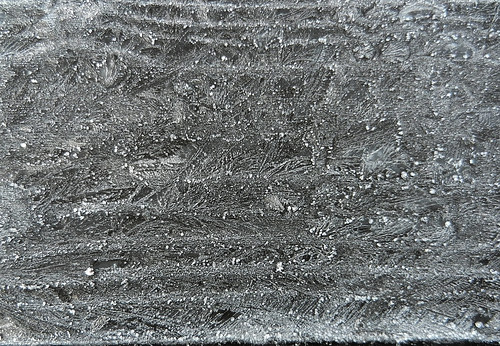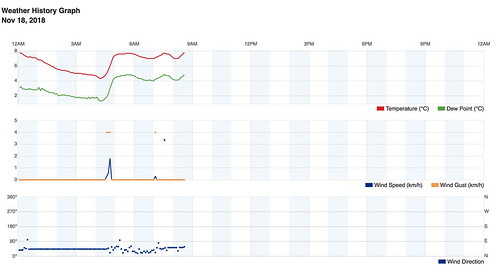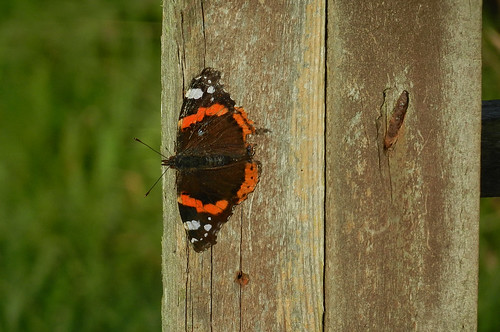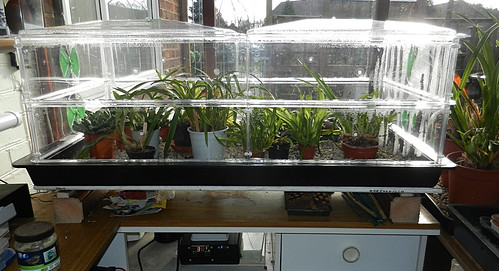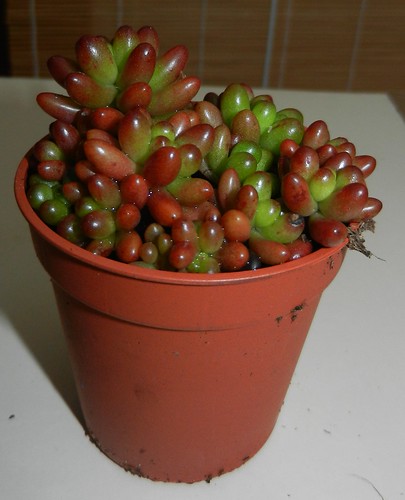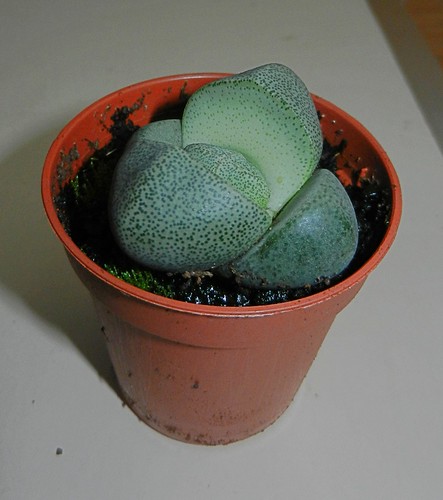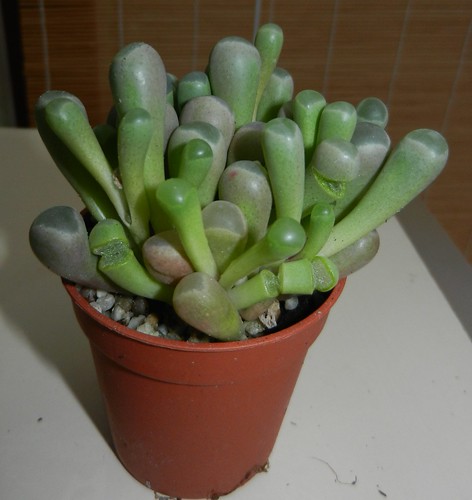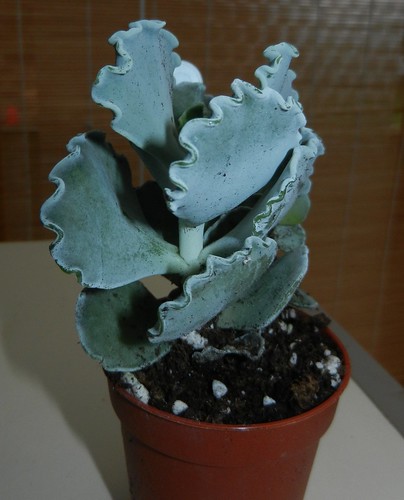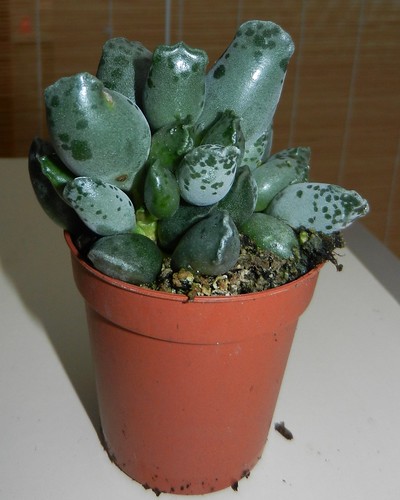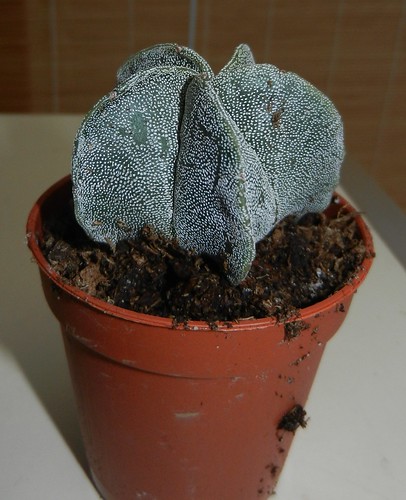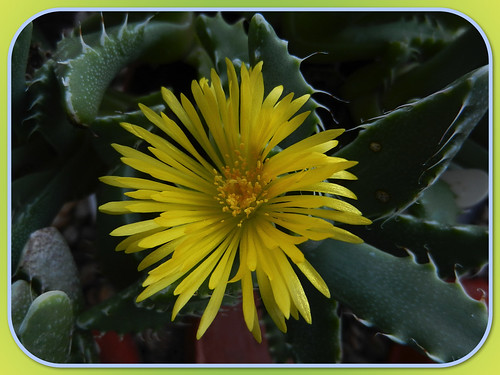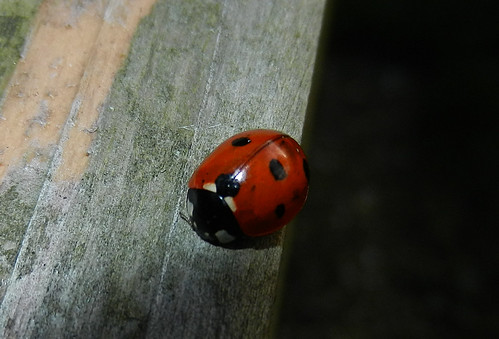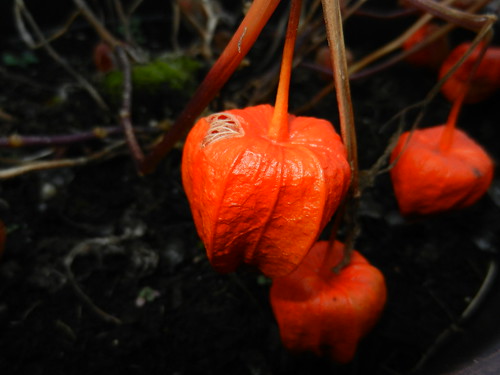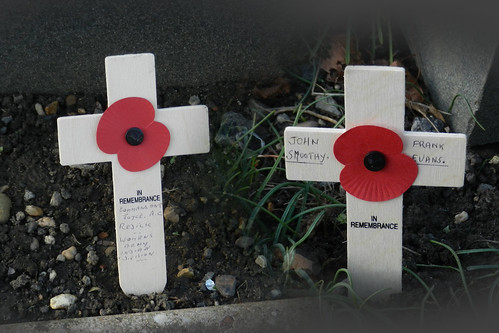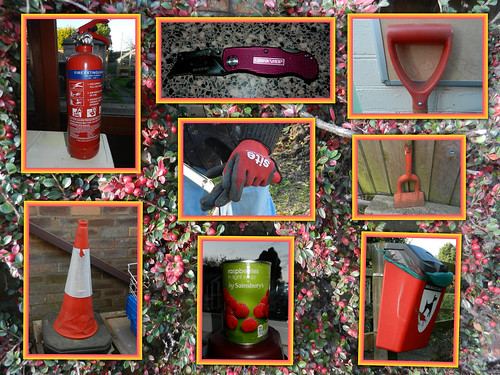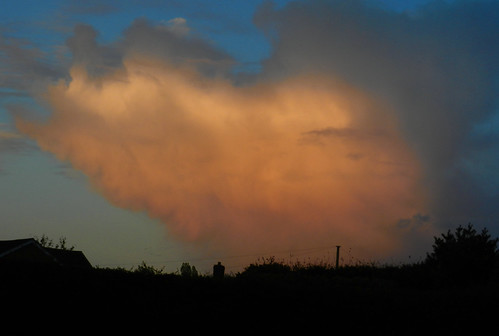What was needed was a decent camera coupled to a microscope. Recently I saw two different microscopes advertised which include the facility to couple a mobile phone so its camera could be used. In the end I chose the National Geographic one. I did wonder about the quality of the optics and how robust the build quality would be at the price of £80.
This is the beast:
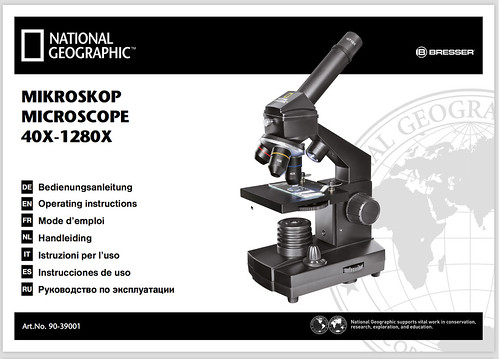
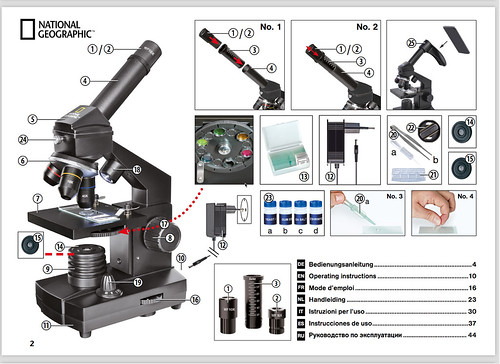
One item is now fitted which is not part of the original package - I found that the cross table which wouldn't fit my other microscopes was a perfect fit on this one. That makes it much easier to position a slide in just the right place or track a moving specimen.
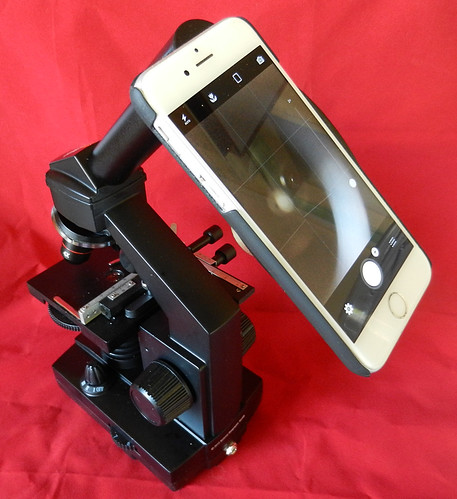
Build quality is pretty good and solid. The three objective lenses (4x, 10x and 40x) seem to be of decent quality as are the two eyepiece lenses (10x and 16x) and the 2x Barlow lens. There is a choice of lighting from above or below. The only part to watch when in use is the phone holder. That is a platform covered in suction pads to hold the phone in place. I nearly had one disaster with that when the iPod I was trying out slid off. I found a solution, for my iPhone at least. It so happens I have it fitted with a magnetic back cover which is used to hold it in the phone case I use. I also have some powerful neodymium magnets. One under the plastic platform keeps the phone securely in place.
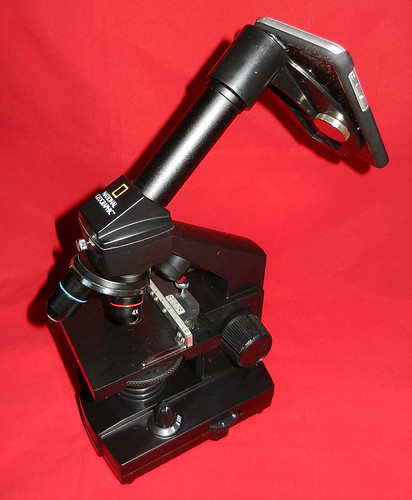
The phone only sees a smallish circular image but this can be digitally zoomed by its camera app. Though this will lose some definition it is not too much of a problem as the phone camera is 12M pixels.
Along with the microscope there are a few sample slides so here are some trial photos using the new set up.
This is the standard view without digital zoom
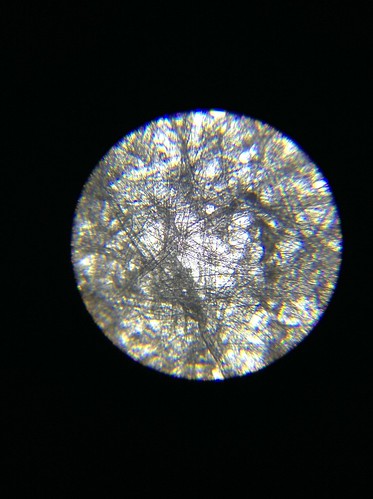
The hairy leg of a house fly:
80x optical magnification
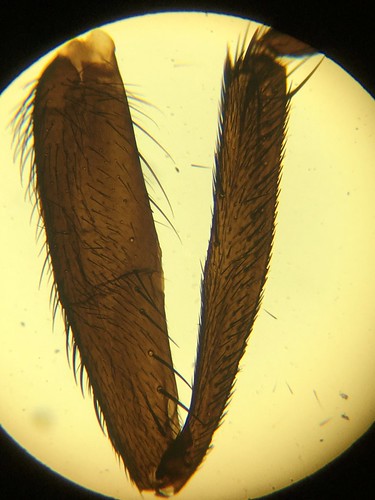
200x magnification
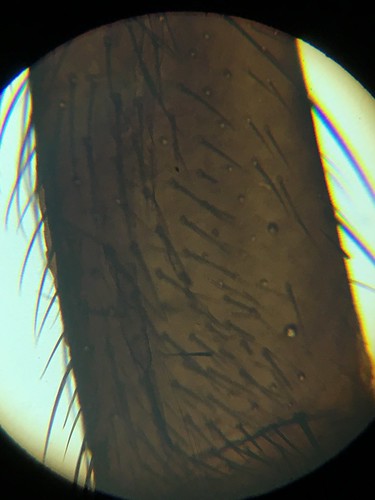
800x magnification
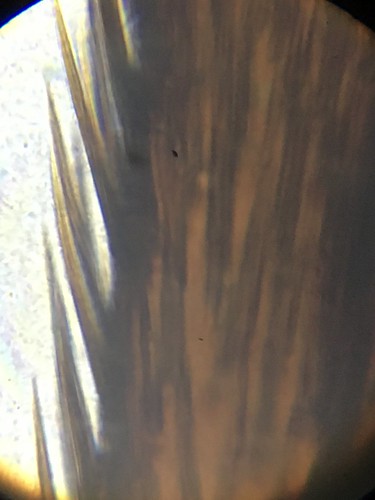
Cross section of pine wood
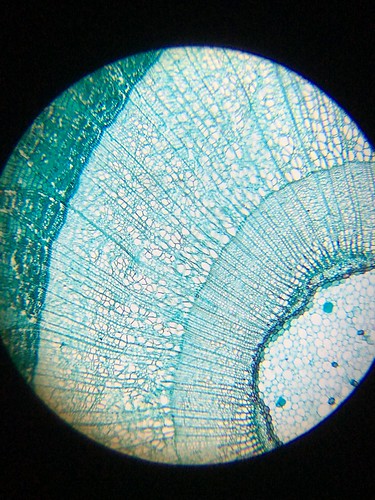
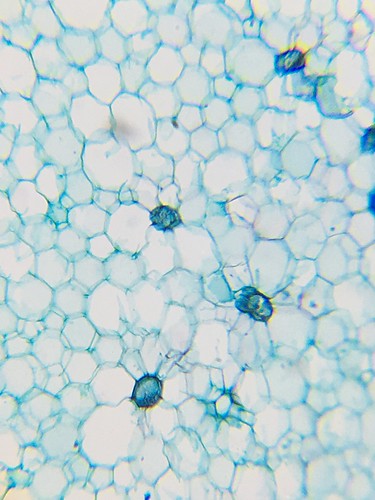
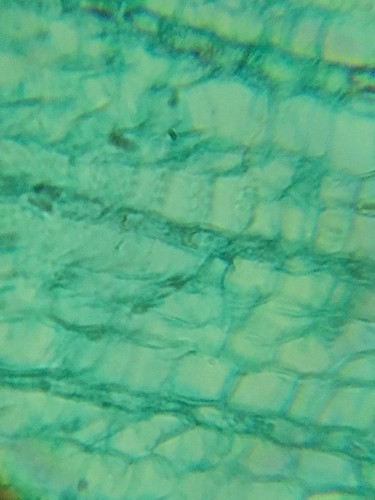
I'm looking forward to taking some new videos of microscopic pond / water life.

